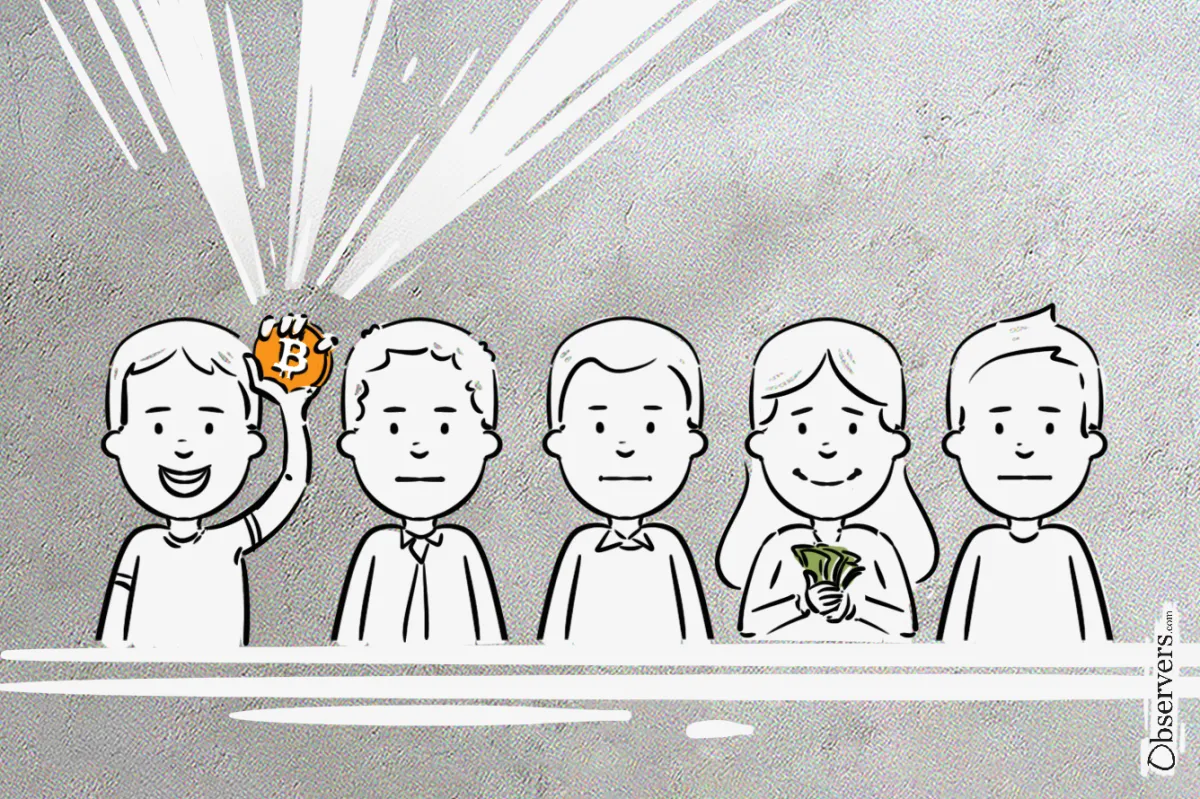
When Ethereum popularized smart contracts in 2016, many technologists immediately saw Rotating Savings and Credit Associations (ROSCAs) as a natural fit. A self-executing contract on a blockchain could automate contributions, enforce payout schedules, and record everything on an immutable ledger. On the surface, this looked like the perfect marriage: centuries-old community finance meeting cutting-edge technology.
The Perfect Match That Wasn’t
However, nearly a decade later, blockchain-based ROSCAs remain more of an idea than a reality. The promise was compelling — the results, underwhelming.
ROSCAs are not a fringe phenomenon. They are a financial backbone for hundreds of millions of people worldwide. From tandas in Mexico to chit funds in India, from chamas in Kenya to hui in China, these savings circles handle hundreds of billions of dollars annually.
For participants, ROSCAs are often the only accessible form of saving and borrowing. By rotating the pooled funds, members gain access to lump sums without paying interest — a huge advantage compared to payday loans or informal moneylenders.
Due to their informal and often undocumented nature, reliable statistics on ROSCA volumes are scarce. However, rough estimates can be made based on participation rates and typical contribution sizes. Research suggests that around 20% of the nearly 4 billion adult population across Latin America, Asia, and Africa take part in such arrangements. With an average monthly contribution of $20–40 per participant, the aggregate turnover of ROSCAs can be approximated at about $300 billion annually.
This enormous “shadow banking” volume is what excited blockchain pioneers: if even a fraction of ROSCAs could be digitized and brought on-chain, the potential savings, transparency, and financial access gains would be transformative.
Since 2016, developers have launched multiple experiments. Ethereum dApps promised “crypto ROSCAs” or “decentralized savings pools.” Some startups branded themselves as modern-day tontines, leveraging smart contracts to govern contributions and payouts. Academic papers described ROSCAs as a perfect use case for blockchain-based financial inclusion.
Yet, these experiments rarely progressed beyond pilots. They attracted crypto enthusiasts but struggled to reach real-world ROSCA communities. Technical demos showed that payouts could indeed be automated — but the human side of ROSCAs proved far harder to replicate.
Bloinx, developed by BX Smart Labs, was frequently cited as a promising blockchain-based app for “saving circles.” It was designed to automate payments and withdrawals while ensuring transparency, particularly through the use of stablecoins to reduce volatility. Despite pilot runs and some publicity, the project failed to scale or attract a user base and appears to have ceased operations around 2022.
Daret was pitched as a decentralized platform for financial access through ROSCAs and crowdfunding, built with a ReactJS frontend and Solidity backend. Beyond technical descriptions and a pitch deck, however, there is no evidence of real-world deployment or adoption, suggesting the project stalled at the conceptual stage.
Njangi On‑Chain attempted to bring Cameroon-style savings groups (njangis) onto the Sui blockchain, illustrating how pooling, yield generation, and payouts could be automated. The idea remained at the testnet stage, with no indication of progression beyond early prototypes and explanatory posts.
Nexspecto describes itself as a community-powered, blockchain-enabled savings platform, using terms like “Collective intent” and “Cryptogether.” In a case study with Turkey’s Birevim, the team implemented smart contracts on Ethereum (later Polygon/Arbitrum), with features like EIP-2535 proxy architecture and token-based governance. Yet, despite these technical innovations, there is little evidence of active or widespread user adoption.
Together, these blockchain experiments found niche uses in remittance groups and DeFi-inspired “savings pools,” but none managed to achieve meaningful traction.
Ironically, the most successful digital ROSCA platforms have had little to do with blockchain.
Money Fellows, which began with a blockchain narrative, evolved into a more conventional digital savings circle platform.
Purely centralized apps such as Tanda in Mexico and Chama in Kenya have reached millions of users by digitizing savings circles through simple mobile interfaces linked to mobile money. Their success lies in reinforcing existing community trust networks, not replacing them with code.
ROSCAs thrive on social trust, community enforcement, and reputation. A smart contract may automate deposits and payouts, but it cannot replace the peer pressure, honor, and personal bonds that make ROSCAs work. Blockchain excels at eliminating intermediaries — yet ROSCAs are already intermediary-free. Substituting social trust with code only adds complexity without solving a real problem.
Another challenge is accessibility. Most ROSCA participants are low-income and not technologically advanced. Expecting them to manage crypto wallets, pay gas fees, or safeguard private keys is unrealistic.
Still, a convergence of the two worlds could create value. As blockchain becomes more user-friendly and integrated with real-world finance, opportunities open up. The growing use of stablecoins in developing countries is already a step in that direction. Future platforms that combine payment rails with digitalized assets — the kind ROSCAs might collectively purchase — could make adoption more practical.
For ROSCA communities, history shows that “scaling up” rarely results in larger, more sophisticated groups. Instead, participants often graduate into traditional banking, leaving ROSCAs at their grassroots level. This suggests that the community-trust foundation has natural limits; beyond a certain ticket size, it cannot sustain trust.
That is precisely where a technology-based trust system could complement the traditional model — not to replace community bonds, but to extend their reach where social enforcement no longer suffices.

